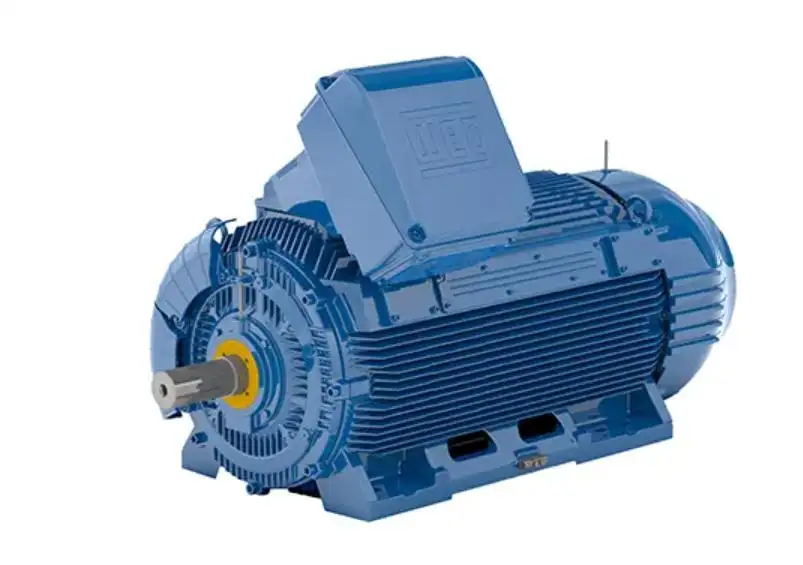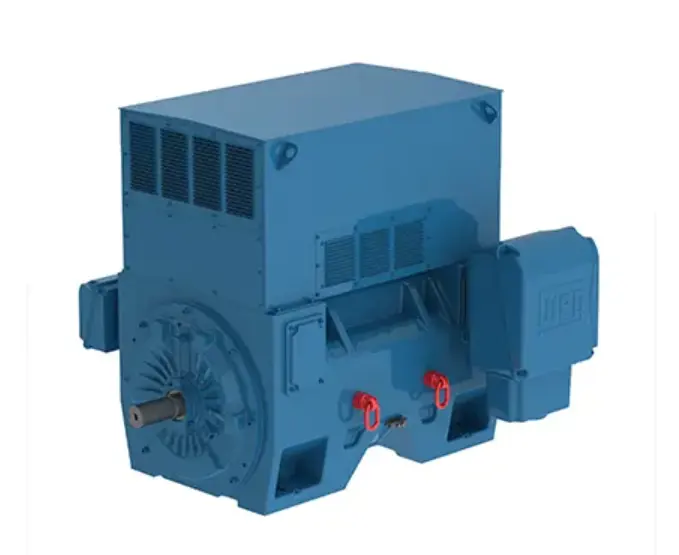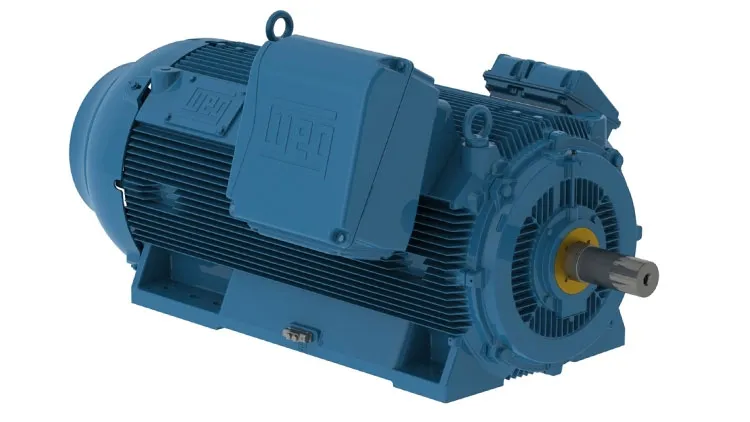What is it?
What is the air compressor duty cycle and its importance? The compressor duty cycle is simply the time an air compressor can keep working within a set window, usually ten or sixty minutes. Put another way, it's the machine's work-to-rest score. You can picture it as a quick math rule:
Duty Cycle (%)=(Total Cycle Time (minutes)Run Time (minutes))100
Say your compressor shows a 50% rating, and the window is ten minutes. That means it can run for five minutes, then must idle for the next five. Stick to this rhythm, and the machine lasts a lot longer. Ignore it and you risk overheating, blown seals, or even a fried motor- grim outcomes we'll look at in a moment. Knowing your compressor's duty cycle is the first smart step in keeping your air tools healthy and your shop running smoothly.
Why Duty Cycle Matters?
Understanding a compressor's duty cycle goes beyond skimming the owner's manual; it helps protect your wallet and keep the machine running smoothly. Duty cycle dramatically influences maintenance costs and the overall success of your operation.
Air Compressor Longevity:
Think about trying to run a marathon with no training and no breaks- your body would give out fast. The same thing happens to an air compressor if you ignore its duty cycle. Following the recommended on-off rhythm lets gaskets, valves, and bearings rest so they stay in top shape longer. Push the machine past those limits, and those parts wear out well before their time.
Preventing Air Compressor Overheating:
Heat is an air compressor's worst enemy. Every stroke of the pump squeezes air and creates heat. Most models have cooling fins, fans, or oil that spread that heat under normal use, but those systems can only handle so much. Run the unit past its duty cycle. Heat piles up, parts expand, seals leak, and performance plummets.
Optimizing Air Compressor Performance
When you treat an air compressor the right way, it runs smoothly and quietly. Pay attention to the duty cycle, and you're already tuning up the unit. Do this, and tools receive steady pressure (PSI) and a constant flow (CFM). Push the machine beyond that limit, and it gasps, pressure slips, and jobs slow down.
Calculating Air Compressor Duty Cycle: A Practical Guide
Measuring your compressor's duty cycle while it runs is easy and eye-opening. Doing so shows whether your habits match what the maker says is safe.
1. Determine Your Total Cycle Time: Manufacturers almost always phrase the duty cycle in terms of ten minutes. Start your timer for that full stretch.
2. Measure Run Time: Within those ten minutes, hit start when the motor kicks on and stop it when the compressor clicks off into unload. That total is your run time (load time).
3. Use the Formula: Picture this: over ten minutes, your compressor ran for six minutes. Duty Cycle = (6 minutes / 10 minutes) * 100 = 60%
So, your compressor is working at a 60 percent duty cycle. If the manufacturer's league table says it should run at 50 percent, you're already pushing the envelope. That bit of math is gold when you want to know how your setup is performing.

Picking an Air Compressor That Fits the Duty Cycle
Choosing a compressor that matches your workload and its duty cycle is key. Success comes when your job and your equipment move in lockstep, not when one is gasping for breath.
For Home Use and DIY Helper
If you're only inflating a tire, firing up a nail gun for a short job, or airbrushing now and then, a compressor with a 50 percent or even 60 percent duty cycle is usually plenty. Compact piston air compressors fall into this bracket, and they won't empty your wallet. Because the airflow demand is stop-and-go, the machine gets enough downtime to cool off between bursts. A 20-gallon, 2-HP model is a sweet spot for most home projects that expect a light-duty air compressor.
For Workshops and Small Shops: Your Go-To Compressor
If you own a small auto repair shop, a wood-crafting space, or do paint work week after week, you'll draw air at a steady, heavy clip. In those cases, go for a compressor with a 75 percent duty cycle, or step up to a beefier piston model built for short, intense bursts.
Why Should You Care About Duty Cycle?
What is the air compressor duty cycle and its importance? Duty cycle is the clue that tells you how hard your compressor can run before it needs a cool-off. It's usually shown as a percentage, and ignoring it can drain your budget faster than a blown seal.
Keep Heat in Check
Compressors make a lot of heat while pushing air. Run past the duty limit, and the motor, pistons, or valves can start melting. That trip to the repair shop will hurt your wallet.
Get More Years Out of Your Unit
Staying inside the duty numbers cuts strain on gears and bearings. Less friction means fewer breakdowns, so your compressor keeps humming, and you keep profit in your pocket.
Boosting Compressor Efficiency
Keeping a solid duty cycle lets the compressor run only when needed and then take a break. That sweet spot gives you the air you need, stops energy waste, and trims your electric bill.
Cutting Maintenance Costs
Following duty-cycle rules also cuts surprise repairs and spreads out routine service. In short, it shields your budget and keeps long-term costs in check.
Diligent Air Compressor Maintenance: Your Lifeline
Consistent, detailed upkeep is the best shield. Make sure you:
• Check Oil Levels: Fresh oil cuts friction and cools moving parts.
• Replace Air Filters: A dirty screen chokes airflow, forcing the pump to overheat.
• Drain the Tank: Water inside rusts the walls and shrinks storage space.
• Inspect Belts and Hoses: Loose belts slip and lose power; cracked hoses leak air and money.
Conclusion
On the surface, the air compressor duty cycle looks like a tiny, nerdy number that hardly anyone cares about. In reality, that single figure holds the secret to keeping your compressor healthy and extending its working life. So the next time you hear the machine roar to life, remember the silent clock ticking inside it-then honor that beat by choosing wisely, servicing regularly, and letting your compressor be the loyal workhorse it was built to be.









